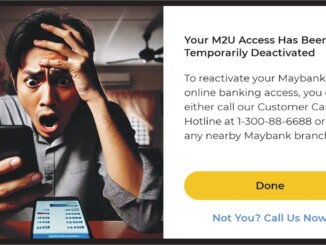Here’s how cheap and easy it is to get a fake MyKad in Malaysia

- 4.1KShares
- Facebook3.9K
- Twitter16
- LinkedIn22
- Email26
- WhatsApp99
Last Thursday, The Sabah Times reported an incident in Kota Kinabalu where a 32-year-old woman (who allegedy ran away from her Malaysian parents) was sentenced to 15 months of jail time for having a fake MyKad. Should she be convicted, she could either be fined up to RM20K or jailed for up to three years.
While her story may sound strange to those of us who went to Jabatan Pendaftaran Negara (JPN) as kids to get a MyKad, there are significant number of people who actually need to get it through other means. This includes the children of immigrant parents, such as the story of a student who had to be smuggled into Indonesia just to be able to study due to not being registered, which we covered some time before.
Fake MyKad businesses cater to a thriving market here in Malaysia. Whether the MyKads in question were created from scratch (forgery) or simply stolen and re-used (identity theft), it is a serious issue that could lead to much bigger problems later on. Even though the JPN had arrested a total of 273 individuals last year for either using a fake MyKad or using someone else’s, that’s just the tip of the iceberg. To shed some light on the forged MyKad trade in Malaysia, we did some research and discovered some pretty interesting stuff. To start with…
You can get a fake MyKad for as low as RM200 – if you know where to look.

As with any illegal business, the prices paid for any service or product can vary greatly. It’s not like there is a regulating body that sets the price, anyway. In an operation in Balok, Pahang early last year, the JPN discovered from arrested immigrants that the going price for fake MyKads can be as low as RM200. One of the immigrants from Mindanao paid RM300 for his MyKad, whose chip’s data actually belonged to another man from Tuaran, Sabah.
For the southern Philippines and Indonesian market, the prices usually cap off at around RM3,000. While the cheaper prices may only give you a MyKad, more expensive options usually include the service of smuggling you inside Malaysia as well.
An interesting story was reported by Yasmin Teknologi (MyKad chip developers) last year of the story of a man from Mindanao, Philippines (different guy from a few paragraphs back) who paid RM2,500 for a MyKad and passage through the Sabah border. Even though the MyKad in question was somebody else’s with just the photograph changed, the man managed to change jobs several times before rising through the ranks and finally becoming a supervisor with a RM2,000 salary.

More pricey options are reported extensively over the years, with a syndicate offering fake MyKads ranging from RM8,000 to RM10,000 apiece in Sabah. However, the most outrageous price recorded was that allegedly offered by a syndicate targeting rich businessmen from China. For a whopping RM1.3 million, the package was said to give a MyKad as well as a Malaysian passport, and most probably your name as a citizen in the system as well.
Making fakes is harder now, thanks to a German technology… or is it?
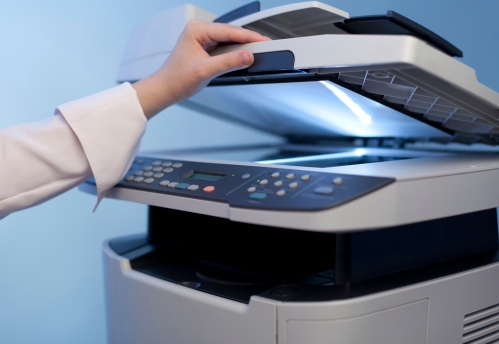
Actually, it’s not that hard to make a convincing fake MyKad. One news story from 2008 reported an accidental raid on a condominium flat in Jalan Kuchai Lama where two Sri Lankans produced and sold fake MyKads and passports “of such quality that they could have passed as the real things“. Their equipment? A laminating machine, laptops, scanners and rubber stamps.
But that was 2008, a year after the news of Malaysia using a special laser-printing equipment from Germany to produce the card. Before, forgers could take an existing MyKad, scrape off the writing on the MyKad (name, address, IC number etc) and print new ones. With this new technology, the text is supposed to be seared into the plastic body of the card itself, meaning that it’s almost impossible to erase the text without visibly damaging the card.
However, just like the relationship between plants and pests, should one side evolve countermeasures, the other will evolve to adapt to it. This very recent statement from a UUM professor in National Security, Professor Dr Mohd Kamarulnizam had described the fake MyKads as “almost the same, but not similar” to genuines, meaning that laser embedding did not stop the forgers. Visually, fake MyKads look exactly the same as the real thing to the untrained eye. To really detect a fake, the authority will have to resort to UV scanners and chip readers, which the professor suggests they all carry.
But why are so many of these MyKads in Sabah?

A quick look at the various news stories and one might notice that most of the incidents happened in Sabah, or that the perpetrators have been in Sabah at some point in time. This is not a coincidence, but is rather due to Sabah’s geographical location. It is close to both the southern part of the Philippines and North Kalimantan, so it can be seen as a gateway for illegal immigrants to Malaysia.
According to a report by an Indonesian news portal, Kompas, the 18,000 inhabitants of the Nunukan Regency in North Kalimantan, are prime candidates, cos nearby Sabah can provide a better living than agriculture. In fact, it’s easier for them to reach Sabah than it is for them to get to the Nunukan capital. It is no surprise then that most of the people in Nunukan have two forms of identification at one time: the Indonesian Kartu Tanda Penduduk (KTP) and a (most likely fake) MyKad as well.
As to why they would need MyKads instead of a honest passport and work permit, a former member of the Nunukan parliament had stated:
“Without a Malaysian IC, they get jobs such as cutting grass, stripping bark or as labor in oil palm plantations. With a Malaysian IC, they can get a better job.” – Kornalius Tadem, in an interview with Kompas.com.
As for the Filipinos, the situation goes way, way back to the 70s, in the southern Philippines. A horrible conflict took place then, displacing some 60,000 refugees to Sabah where they have stayed ever since. Today, there are six settlements in Sabah populated by the descendants of these refugees. Due to Malaysia not signing any of the UN Refugee Conventions, these Filipinos are considered as stateless and/or irregular immigrants instead of refugees and were given special social visit passes (IMM13) which had to be renewed biannually.
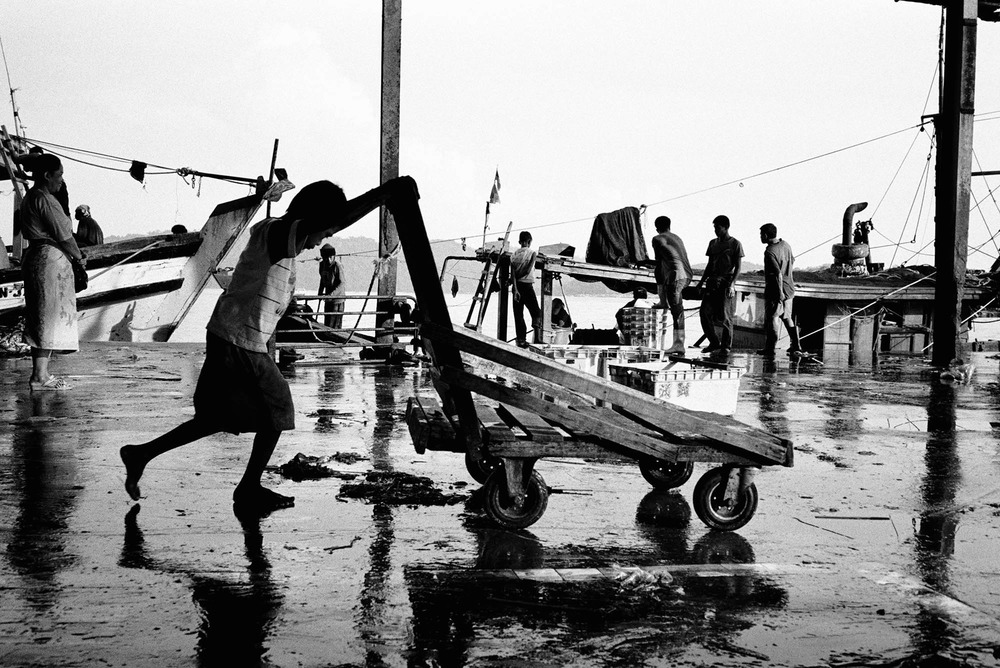
And of course, there were always syndicates who target these people for their statelessness. In 2007 the Kota Kinabalu police sniffed out a syndicate disguising themselves as an NGO named the Angkatan Petugas Pemantau Pendatang Asing Negeri Sabah, or APPPA for short. Members of the syndicate would convince thousands of these people to buy fake MyKads from them for RM400-RM800 after registering them in a fake census. However, smart as their plan was, they finally kantoi after these stateless persons would innocently show the authorities their fake MyKads is police operations.
Of course, this isn’t limited to Sabah, with many others outside of Sabah (including Malaysians), finding other creative uses for fake MyKads. Take for instance, Nor Azuanis, a health attendant at the Pusat Perubatan Universiti Malaya. He was accused on two counts of forging a total of 19 MyKads from 19 different people between June and July last year, with the intent of securing internet services from Telekom.
While the regulation for forgery prohibits the using of fake or other people’s IDs as your own identification, and can get you jailed for up to three years, fined up to RM20k or both, making one is a different story.
“Whoever commits forgery shall be punished with imprisonment for a term which may extend to two years or with fine or with both.” – Section 465, the Penal Code.
Who knew MyKads were so in demand yo?
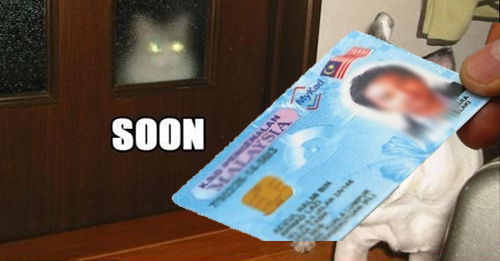
In 2013, the Deputy Home Minister Datuk Wan Junaidi Tuanku Jaafar made a statement saying that the number of lost MyKads has been increasing since 2010, bringing the number of total lost MyKads for the three years to 1.4 million cards. While one may lose his or her MyKad through snatch theft and robberies, all too often it’s due to our own carelessness, like forgetting to take it back after photocopying it at a store.
However, making sure that you didn’t forget your card someplace isn’t enough. Did you cross out the photocopies of your identity card before giving them away for registration or something? If you didn’t, you might just end up like the guy who suddenly realized that he had three different companies built under his name… with outstanding telephone bills amounting to RM9,098.75. It helps to make sure that your MyKad never leaves your sight, even for a moment, as people might still photocopy it behind your back and use it.
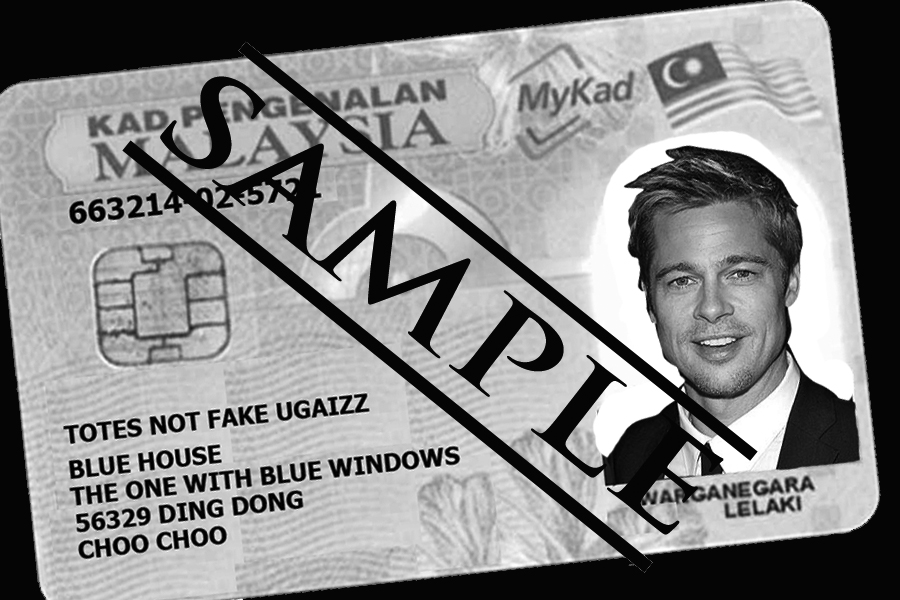
To curb this, since 2015 the gomen have increased the fee to replace our missing MyKads, from RM100 for the first time, RM200 to 300 for the second time and it keeps increasing for subsequent times, all the way up to RM1000. It was hoped that the fear of forking out RM1k for a MyKad might keep the more careless sectors of the public from being… well, careless.
- 4.1KShares
- Facebook3.9K
- Twitter16
- LinkedIn22
- Email26
- WhatsApp99

